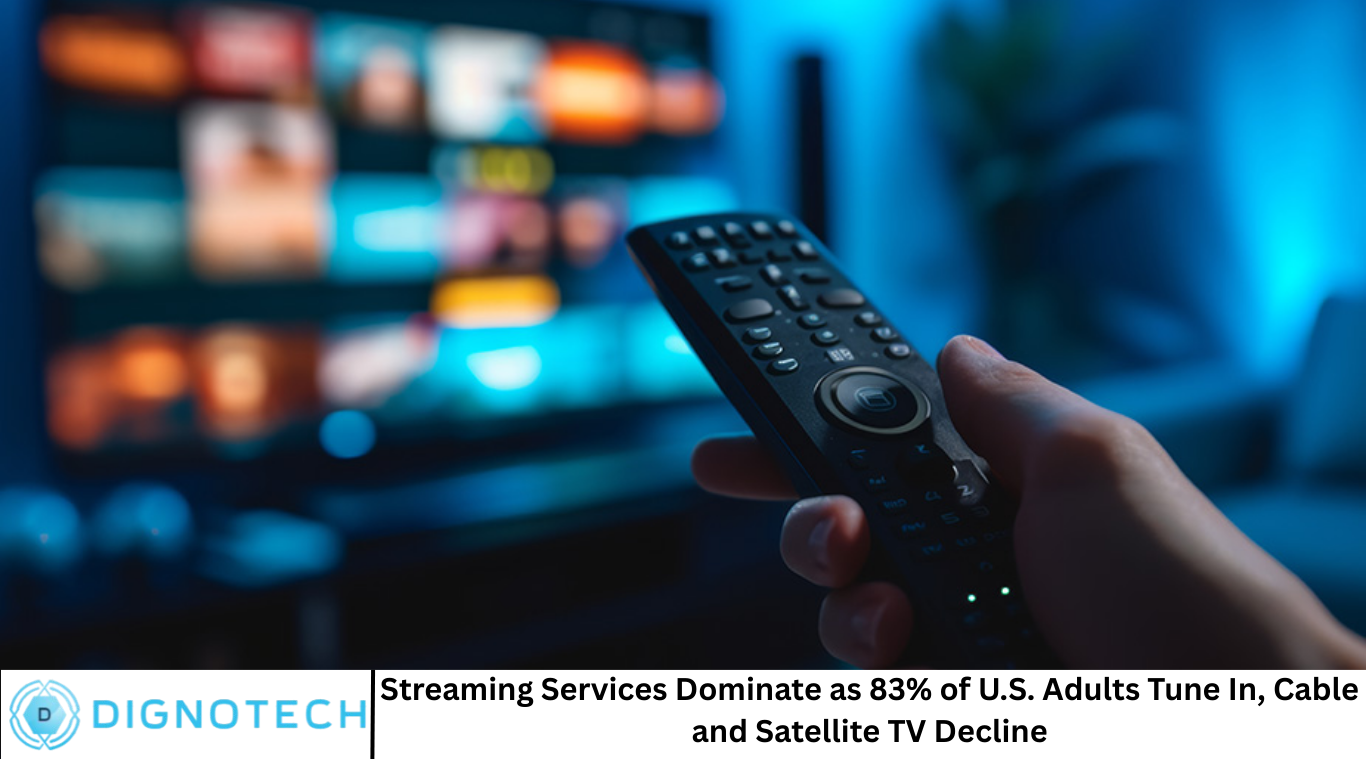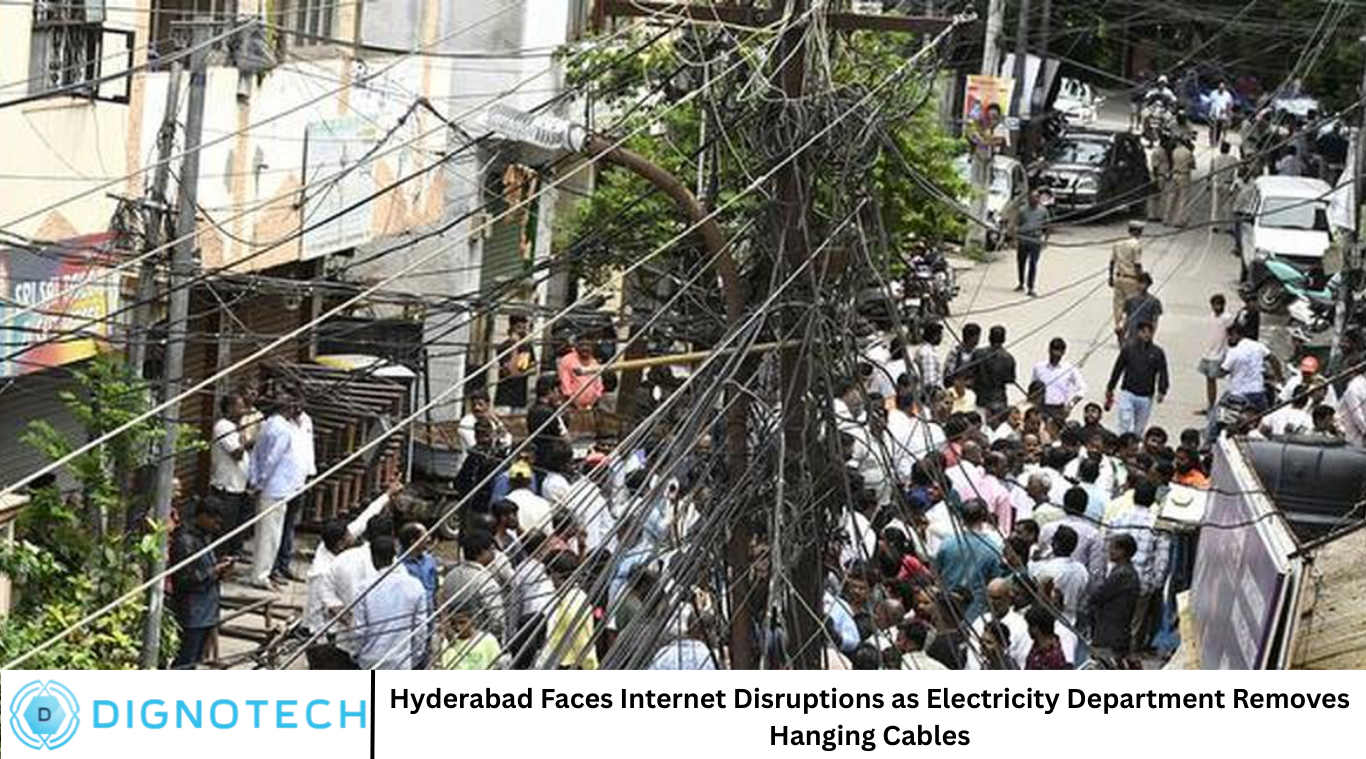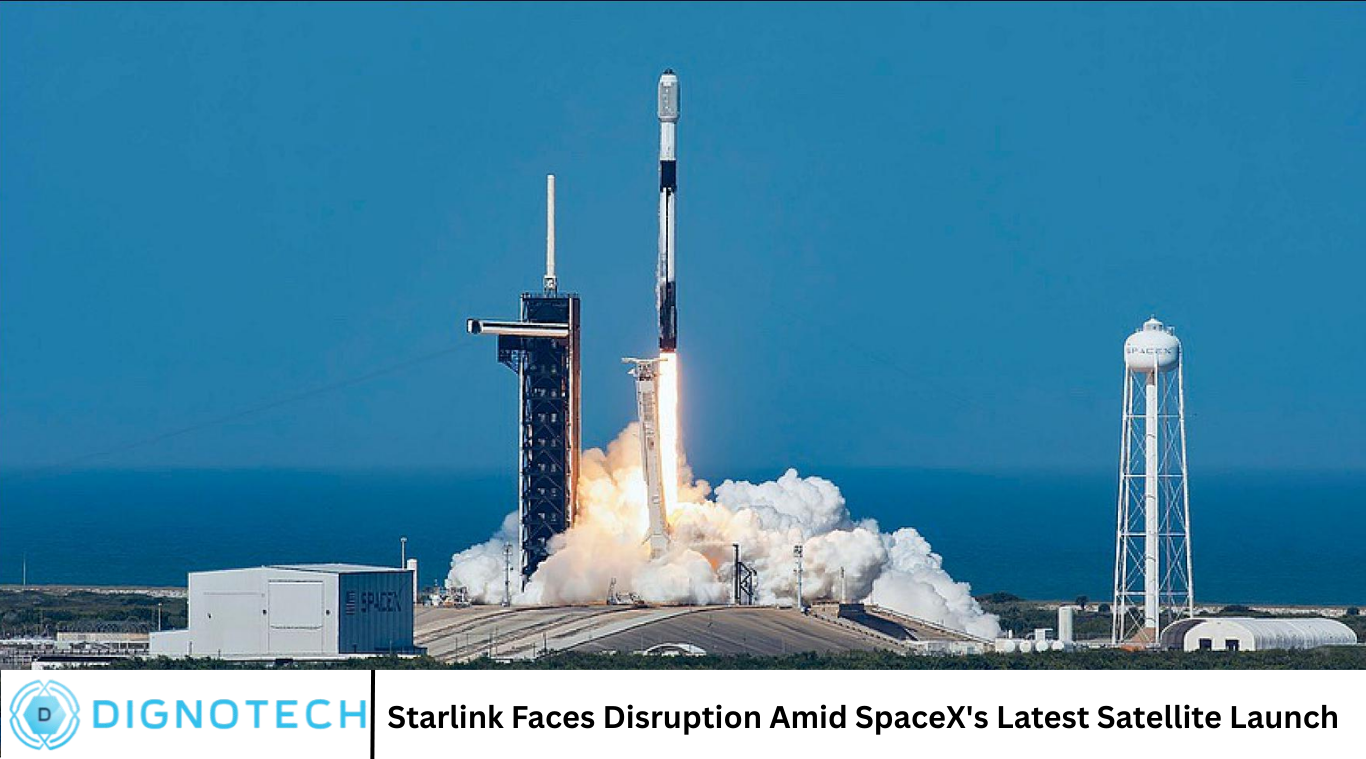Streaming Services Dominate as 83% of U.S. Adults Tune In, Cable and Satellite TV Decline

The entertainment landscape in the United States has undergone a dramatic transformation in recent years. The surge in streaming services has fundamentally shifted how Americans consume media, leading to a sharp decline in traditional cable and satellite television subscriptions. As of recent reports, 83% of U.S. adults now use streaming platforms like Netflix, Hulu, Amazon Prime Video, Disney+, and others, compared to far fewer who still pay for cable or satellite TV. This stark shift has altered not only how content is consumed but also how it is produced, marketed, and distributed.
In this article, we will explore why streaming services have become so dominant, the decline of traditional TV, and what this means for the future of entertainment. We’ll also delve into the social, economic, and technological factors that have contributed to this change, and answer common questions surrounding this shift.
The Rise of Streaming Services
The transition to streaming services from traditional TV viewing is not just a passing trend but a fundamental shift in the way media is consumed. Here are the key factors behind the rise of streaming:
Convenience and Flexibility
Streaming platforms offer viewers the ability to watch content on-demand, at any time, and on almost any device. This flexibility is one of the major reasons why streaming has become so popular. Unlike cable or satellite TV, which requires viewers to adhere to a fixed schedule or purchase a specific package, streaming allows users to access content on their terms.
With services like Netflix, Hulu, Disney+, and others, users can watch shows and movies at their convenience, bypassing the need to wait for scheduled air times or deal with long commercial breaks. The ability to binge-watch an entire season of a show at once has further solidified streaming’s appeal.
Affordability
For many households, the cost of cable or satellite TV has become prohibitive. According to recent studies, the average price of a cable package in the U.S. can exceed $100 per month, and additional charges for premium channels, equipment, and installation fees only add to the cost. Streaming services, on the other hand, tend to be much more affordable. Most services offer plans that range from $5 to $15 per month, often with the option for ad-supported tiers that cost even less.
Moreover, many streaming platforms allow users to share accounts with family members, effectively reducing the cost per person. In comparison, cable or satellite TV generally charges extra fees for each additional box or set-top unit in the home.
Content Variety and Exclusivity
Streaming services have become content powerhouses, producing an increasing number of high-quality shows, movies, and documentaries. Platforms like Netflix, Amazon Prime Video, and Disney+ have invested heavily in original content, and many of their series and films have become cultural phenomena. For example, shows like Stranger Things, The Mandalorian, and The Crown have garnered massive global audiences, further cementing the value of subscribing to these services.
In addition to exclusive content, streaming services offer a diverse range of programming that spans genres, countries, and time periods. Whether it’s international films, niche documentaries, or niche genres like anime, there’s something for everyone. The ability to access such a wide array of content is something that traditional cable or satellite TV can’t match.
Technological Advancements
The technological evolution of streaming has also played a major role in its dominance. High-speed internet access, improvements in Wi-Fi technology, and the growth of mobile devices have made streaming more accessible than ever. With faster internet speeds, viewers can stream high-definition and 4K content seamlessly, a significant upgrade from the limited options available with traditional TV.
The convenience of watching content on smartphones, tablets, laptops, and smart TVs has also contributed to the rise of streaming. With the proliferation of apps and the ease of casting content from a phone or tablet to a larger screen, streaming has become integrated into nearly every aspect of modern life.
The Decline of Cable and Satellite TV
As streaming services have gained dominance, the traditional cable and satellite TV industries have seen a sharp decline. Several factors have contributed to this decline:
Cord-Cutting: The Shift to On-Demand
The term “cord-cutting” refers to the mass exodus of consumers from traditional cable and satellite subscriptions in favor of more affordable and flexible streaming services. In 2020, nearly 6 million households in the U.S. canceled their cable subscriptions, and this trend has continued into the 2020s.
One of the driving forces behind cord-cutting is the increasing availability and variety of streaming content, which provides consumers with access to the entertainment they want, without the need for a hefty cable package. Furthermore, many cable and satellite packages include channels that viewers don’t watch, leading them to seek alternatives that offer only the content they’re interested in.
Bundling and Streaming Alternatives
Cable companies and satellite providers have attempted to fight back by offering their own streaming alternatives. Services like YouTube TV, Hulu with Live TV, and Sling TV offer live TV and on-demand content, allowing users to access traditional channels without the need for a cable box. These services are typically cheaper than traditional cable packages, offering similar content with the added benefits of streaming flexibility.
Despite these alternatives, the cost of these services is still a significant factor in the decision to cut the cord. As more people recognize that they can access most of the same content for a fraction of the price, cable and satellite TV subscriptions continue to decline.
Shifting Consumer Preferences
Consumers today are more interested in personalization and the ability to curate their own content. Streaming platforms excel in this area, offering customized recommendations based on users’ viewing history, preferences, and behaviors. In contrast, traditional TV channels offer a one-size-fits-all experience, forcing viewers to sit through content they might not be interested in.
Moreover, streaming services allow users to bypass ads, further improving the viewing experience. Cable and satellite TV, on the other hand, often come with long commercial breaks, which are a significant turn-off for many viewers, especially in an age where commercial-free viewing is becoming the norm.
Content Fragmentation and Competition
While cable and satellite TV once had the monopoly on live programming and channels, streaming services have introduced intense competition. Many streaming platforms, including Disney+, HBO Max, and Amazon Prime Video, have exclusive rights to major sports, news events, and even live television broadcasts. As a result, viewers are increasingly opting to pay for individual streaming services rather than committing to a full cable package.
The content fragmentation caused by various streaming services also means that consumers can now cherry-pick exactly what they want to watch, leading to a further decline in traditional TV subscriptions.
Impact on the Entertainment Industry
The rise of streaming services and the decline of cable and satellite TV have had significant implications for the entertainment industry. This shift is not only changing how viewers consume media but also how it’s produced and distributed.
Production Trends
With the growing dominance of streaming platforms, there’s been a shift in how content is produced. More and more studios are partnering with streaming services to produce original films and series. This has resulted in higher-quality programming, with many streaming-exclusive shows winning prestigious awards such as Emmys and Golden Globes.
Streaming platforms also have more flexibility with content creation, as they don’t have to follow the traditional TV schedules or content restrictions set by networks. As a result, we’ve seen a surge in diverse and niche programming that appeals to a wide range of audiences.
Changing Revenue Models
For cable and satellite companies, the traditional model of relying on subscriptions and advertisements has been upended by streaming services. Many streaming platforms, including Netflix and Disney+, rely on subscription fees, while others, such as Hulu and Peacock, operate on both subscriptions and ad-supported tiers. The flexibility of these revenue models allows streaming services to adapt quickly to changing consumer demands and preferences.
What the Future Holds for Streaming and TV
The future of entertainment is undoubtedly leaning toward streaming. While traditional TV may never disappear entirely, its dominance is increasingly in question. As more people turn to streaming services for content, it’s likely that cable and satellite TV will continue to see a steady decline.
The future of streaming will likely include further innovations in content delivery, with advancements in 5G technology, augmented reality (AR), and virtual reality (VR) providing even more immersive viewing experiences. Additionally, as more consumers adopt smart homes, integrating voice assistants and smart TVs, streaming will become an even more seamless part of everyday life.
Frequently Asked Question
Why are so many people switching to streaming services?
People are switching due to the flexibility, affordability, and convenience that streaming services offer. Streaming allows for on-demand viewing without the need to adhere to traditional TV schedules or pay for unnecessary channels.
How does streaming compare in cost to traditional cable or satellite TV?
Streaming services are generally much more affordable than cable or satellite TV. Subscription prices typically range from $5 to $15 per month, while cable can cost $100 or more per month.
Are streaming services only for movies and TV shows?
No, many streaming services also offer live TV, sports, news, and documentaries. Some, like YouTube TV and Sling TV, even offer live cable channels.
What are the biggest streaming platforms in the U.S.?
The biggest streaming platforms in the U.S. include Netflix, Hulu, Amazon Prime Video, Disney+, HBO Max, and Apple TV+.
Can I watch live sports on streaming services?
Yes, many streaming platforms, including Hulu with Live TV, YouTube TV, and ESPN+, offer live sports broadcasts.
Is internet speed important for streaming?
Yes, high-speed internet is essential for smooth streaming, especially if you’re watching in HD or 4K. Slow internet connections can cause buffering and reduced video quality.
Will cable TV ever completely disappear?
While cable TV may continue to decline, it is unlikely to disappear completely in the near future. However, its dominance in the entertainment industry will likely continue to diminish as streaming grows.
Conclusion
The shift from traditional cable and satellite TV to streaming services represents one of the most significant transformations in the entertainment industry in recent decades. With 83% of U.S. adults now using streaming platforms, it’s clear that on-demand, flexible, and affordable entertainment has become the new norm. Streaming services offer unparalleled convenience, vast content libraries, and competitive pricing, making them the preferred choice for millions of viewers.Meanwhile, cable and satellite TV subscriptions are steadily declining as consumers embrace a more personalized and cost-effective viewing experience. While these traditional services still hold a place in certain households, particularly for live sports or news, the overall trend points to a future where streaming dominates.



